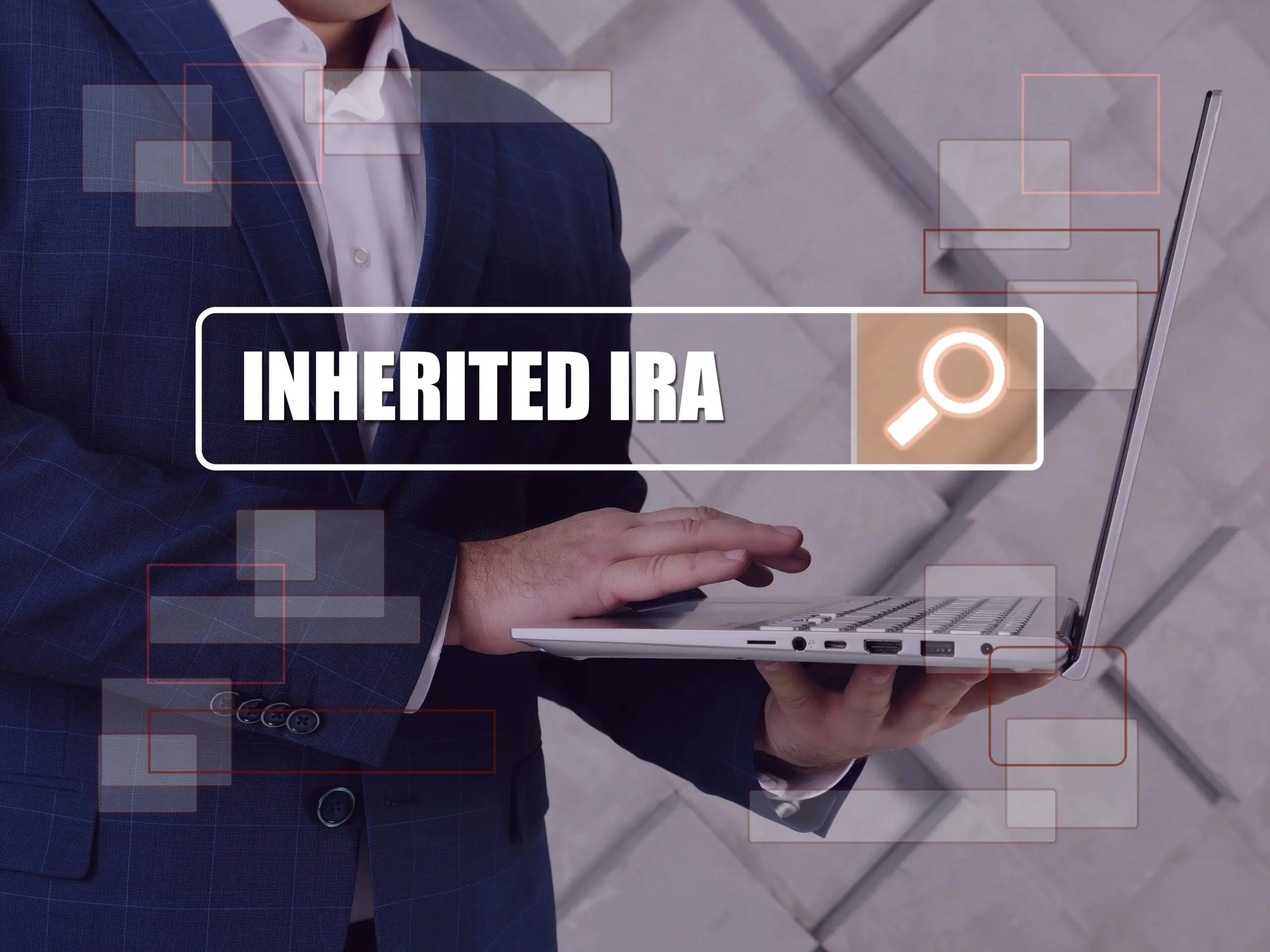Inheriting a traditional IRA brings with it certain responsibilities and options. If you find yourself in this position, first step is to discuss this with your financial advisor to determine which steps are in your best interest.
As a beneficiary, which can be any person or entity chosen by the original owner, you need to be aware of the impact on your gross income. Specifically, any taxable distributions from the inherited IRA must be included in your gross income.
Inherited from a Spouse
When you inherit a traditional IRA from your spouse, you are presented with several choices. Firstly, you can treat the IRA as your own by designating yourself as the account owner. Alternatively, you have the option to roll it over into your own IRA, or into one of several qualified plans, such as a Qualified employer plan, a Qualified employee annuity plan (section 403(a) plan), a Tax-sheltered annuity plan (section 403(b) plan), or a Deferred compensation plan of a state or local government (section 457 plan). Another choice is to simply treat yourself as the beneficiary, rather than assuming ownership of the IRA.
Making the IRA Your Own
Choosing to make the IRA your own involves certain conditions. For instance, if contributions, including rollover contributions, are made to the inherited IRA, or if you fail to take the required minimum distribution as a beneficiary, you are deemed to have chosen this option. However, this choice is only valid if you are the sole beneficiary and have an unrestricted right to withdraw amounts from the IRA. Furthermore, if you receive a distribution from your deceased spouse’s IRA, it’s possible to roll this distribution into your own IRA within a 60-day limit, provided it’s not a required distribution. This flexibility exists even if you are not the sole beneficiary. For more details on this, refer to the section on Required Minimum Distributions.
Inheritance from Non-Spouse
Inheriting a traditional IRA from someone other than your spouse presents different rules. In this scenario, you cannot treat the IRA as your own. This means no contributions can be made to it, nor can you roll over any amounts into or out of it. However, you can execute a trustee-to-trustee transfer, as long as the IRA receiving the amounts is maintained in the name of the deceased IRA owner for your benefit. Like the original owner, you generally will not face tax obligations on the IRA assets until distributions are received. As a beneficiary, you must adhere to specific distribution rules.
IRAs with Basis
If the inherited traditional IRA includes a basis due to nondeductible contributions by the decedent, this basis continues with the IRA. Unless you’re the decedent’s spouse and opt to treat the IRA as your own, this basis cannot be combined with any basis you might have in your own IRAs or those inherited from other decedents. When taking distributions from both an inherited IRA and your own, each having a basis, separate Forms 8606 are required to determine the taxable and nontaxable portions of those distributions.
Federal Estate Tax Deduction
As a beneficiary, you may be eligible to claim a deduction for estate tax on certain IRA distributions. Specifically, you can deduct the estate tax paid on any portion of a distribution that is income with respect to a decedent. This deduction is applicable in the tax year the income is reported. For guidance on claiming this deduction, refer to the Estate Tax Deduction section in Pub. 559.
It’s important to note that any taxable portion of a distribution that is not income with respect to a decedent must be included in the beneficiary’s income. Unfortunately, no estate tax deduction is available for this portion. However, a surviving spouse has the option to roll over the distribution into another traditional IRA, thereby deferring its inclusion in income for that year.
Further Information
For a deeper understanding of rollovers, required distributions, and inherited IRAs, consider consulting the following resources:
1. The section on Rollovers under ‘Can You Move Retirement Plan Assets?’ in chapter 1 of Pub. 590-A;
2. The segment titled ‘When Must You Withdraw Assets? (Required Minimum Distributions)’, appearing later; and
3. The discussion on IRA Beneficiaries under ‘When Must You Withdraw Assets? (Required Minimum Distributions)’.
These resources provide comprehensive insights and guidelines to navigate the complexities of inheriting an IRA. Please reach out to uDirect IRA Services, LLC with your questions as well at info@uDirectIRA.com.

